Sometimes as photographers it’s difficult to hold our tongue. My full time job is as a public affairs professional for the Army. On the side, my wife and I run a photography business, shooting weddings and family sessions.
But when I travel for the Army to cover a story, I often hear, “Oh! You’re a photographer? That’s awesome you just get to go around and take pictures!”
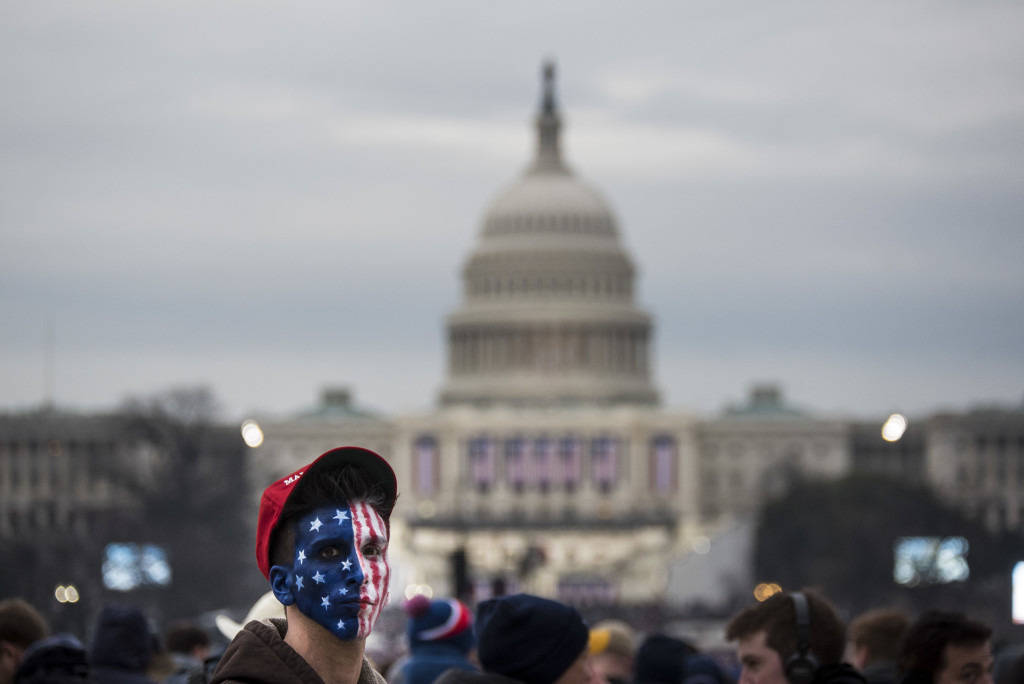
When I hear someone say this, I know they don’t intend to demean my work. I know they’re being as friendly and as positive as they can be. They’re not being sarcastic or intentionally insulting. The truth is, being a photographer really is awesome, but we do more than “just take pictures.” (Also, as a public affairs professional, the scope of my work goes way beyond photography, but that’s not the point here.)
Last Friday, I covered the Presidential Inauguration Parade for the Army Reserve in Washington, D.C. It wasn’t until I got back to the car, shoot complete and heading back home to edit, that I realized: “I didn’t sit down once for fifteen hours straight!” I had been carrying two heavy cameras strapped to my shoulders the entire time. I had walked all over the D.C. mall and ran up and down the parade route to get my shots.
Even when I got home, my day wasn’t done.
I had gotten up at 4:00 a.m. and I didn’t go to bed until 1:00 a.m. after editing, toning and publishing the photos. Foolishly, the day prior I had done a cardio T25 workout video that focused on legs. I must have laid on the couch for fifteen hours straight on Saturday just to recover from the aches.
And I had it easy.
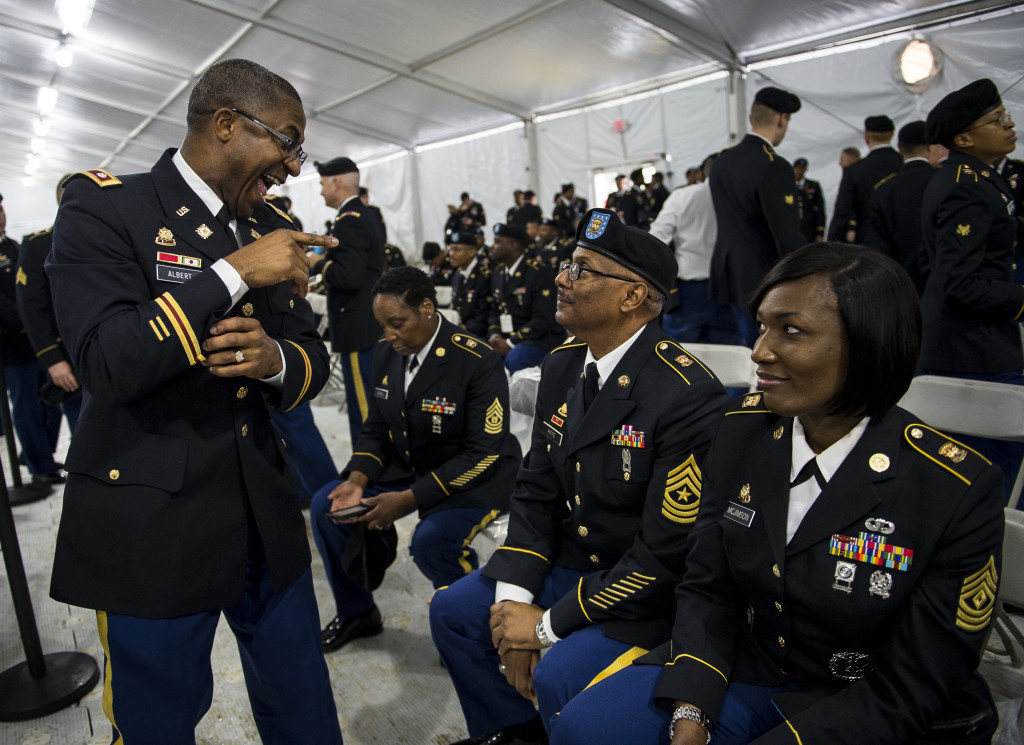
Just three blocks north of where I parked my car (It’s a small miracle I managed to get parking in D.C. on Inauguration Day), protestors and rioters smashed windows and poked police officers with large sticks, blocked roads, set fires and ran in every direction to create mayhem. I know at least two photographers who covered the riots, and suddenly I was very thankful for my body aches.
On top of that, I can’t even imagine how those police officers must have felt having to corral that chaos.
Let’s be honest, my life as a public affairs professional has been very safe. I’ve never fired a weapon in combat and never had to react to direct fire … The only time I felt in danger was in Nashville, Tennessee, when a group of homeless men ran me down for taking a photo of their dog without their permission. The one man threatened to burn my eyeball with his cigarette. Thankfully, I walked away unscathed. Every other photo shoot I’ve ever done, I’ve been safe.
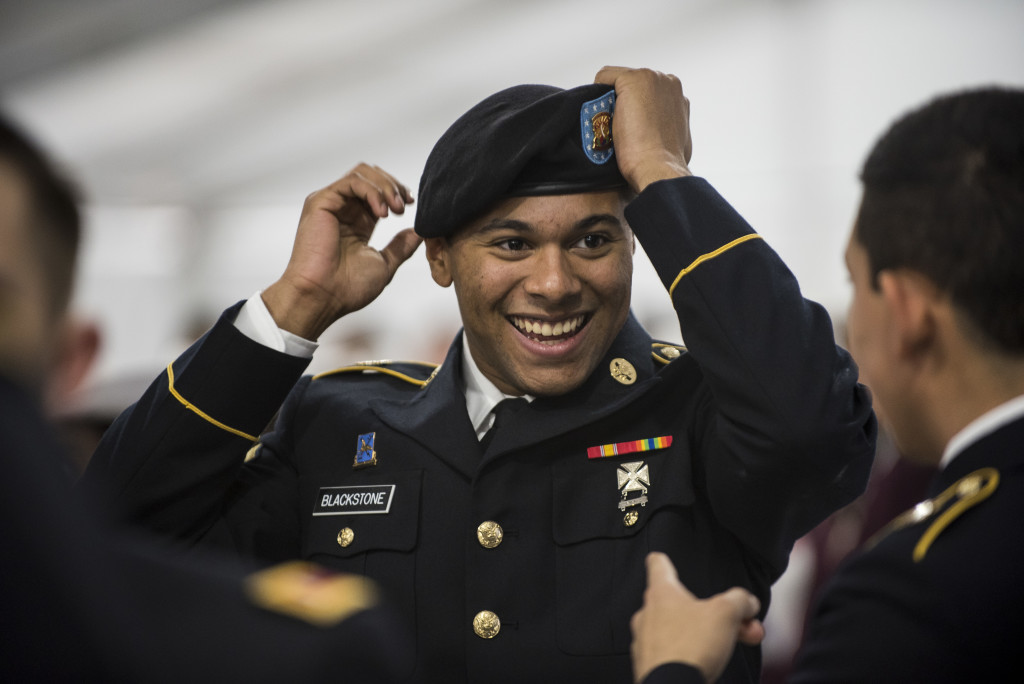
But even safe work is not the same as easy work.
Being a good photographer requires not only talent and technical knowledge, but also vigilance (will someone try to rob me of my equipment?), critical thinking (am I missing the point of the story?), planning (a photoshoot starts days and weeks before you step onto the scene), research (good photography happens with knowledge and context about a specific environment or culture, not by accident), interpersonal tact (how do I maneuver my way through people’s lives, invade their privacy and still maintain their dignity and respect?) and perseverance (nothing I do is working! How am I ever going to get this shot?).
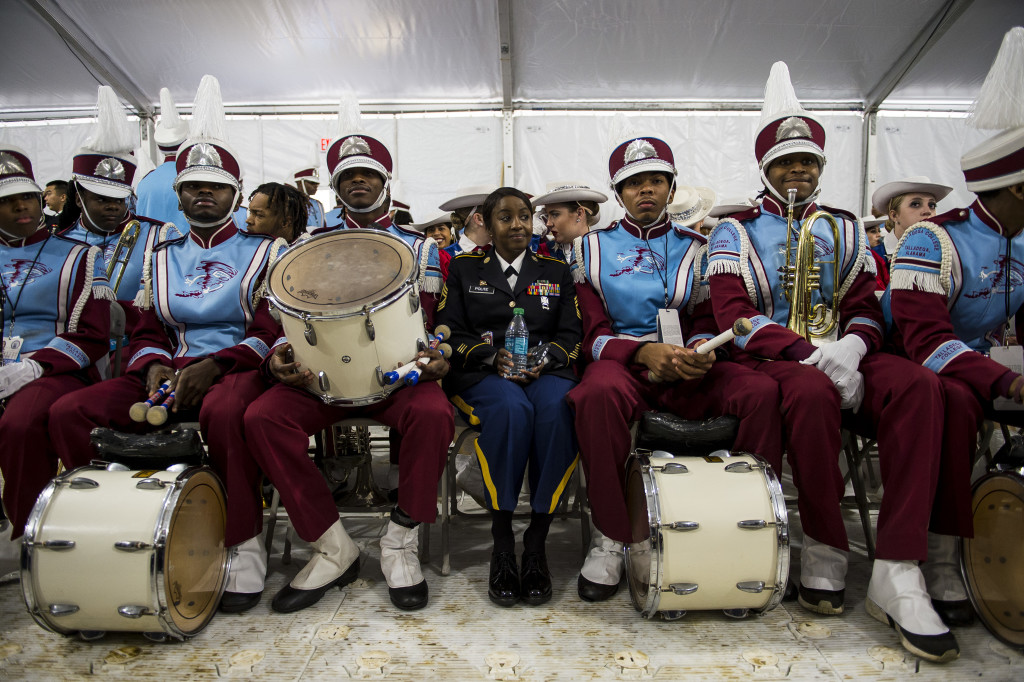
Photographers don’t spit out photos accidentally any more than an experienced rifleman spits out bullets randomly in a gunfight. Even when we are in the midst of photographing an assignment, we have to make a dozen decisions a minute. Am I in the right spot? Who is my subject? What is the story’s narrative? What is the purpose and value of this shot? How do I help communicate this moment to someone who wasn’t here, in a single image?
While I was preparing to photograph the parade, an Army officer told me: “Hey make sure you don’t photograph just the front of the formation. Make sure you get some of the Soldiers in the back, too.”
I knew what his intent was. He meant: “I don’t want my Soldiers in the back getting ignored. They’re important, too.”
But what he didn’t realize is that his words also sounded like: “Let me tell you how to do your job.”
I responded with: “Sir, I’ve covered a parade or two before. I think I got this.”
(This is a brief video of me jumping in the parade to get the shot below. This video was sent to me by a friend in Italy.)
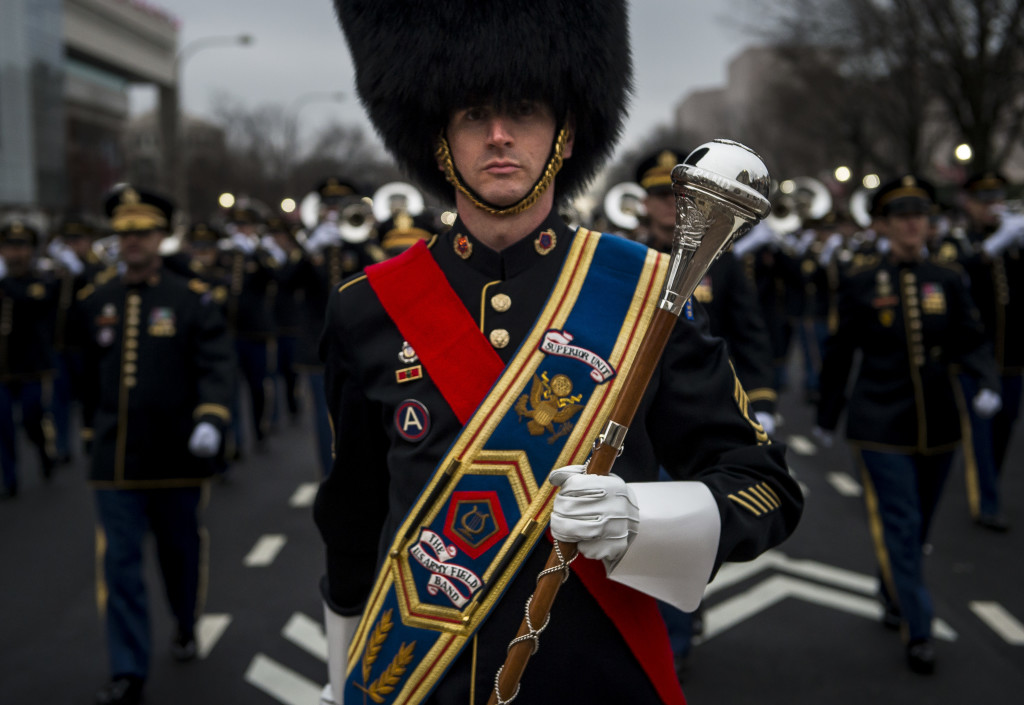
In fact, I had covered more than one or two parades. I had covered the Washington, D.C., Memorial Day Parade twice, the Chicago Memorial Day Parade once, the Chicago St. Patricks Day Parade once and two Pittsburgh Veterans Day Parades.
I more than “had this.” I was bored with parades, in fact. The fun and challenge as a photographer is not in capturing the march, but documenting all of the meaningful little moments before and after.
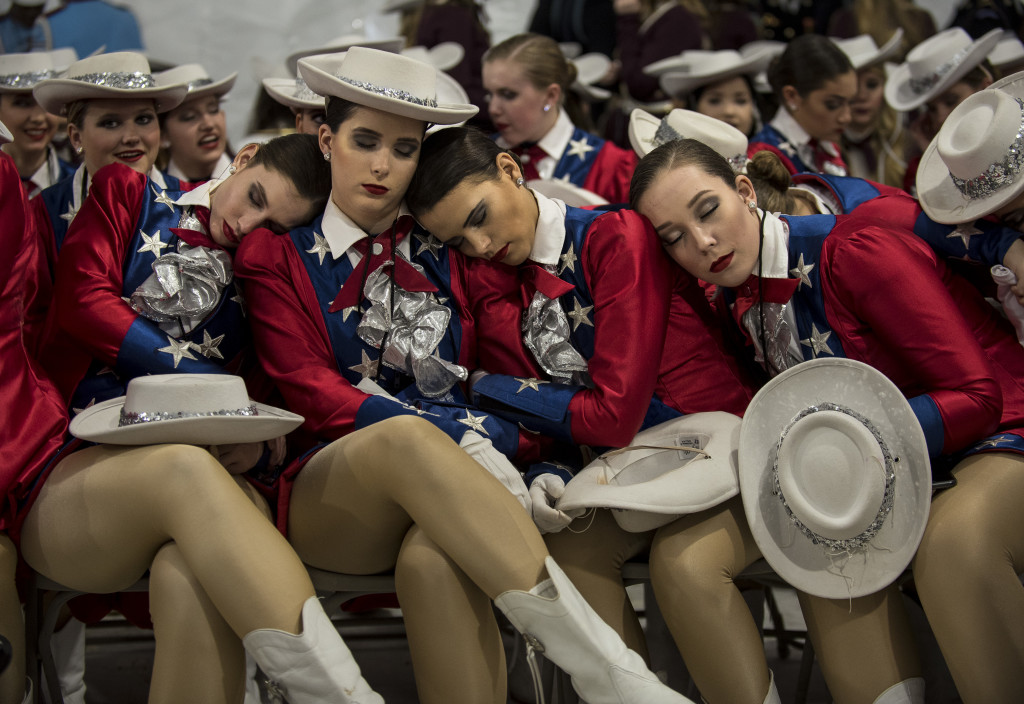
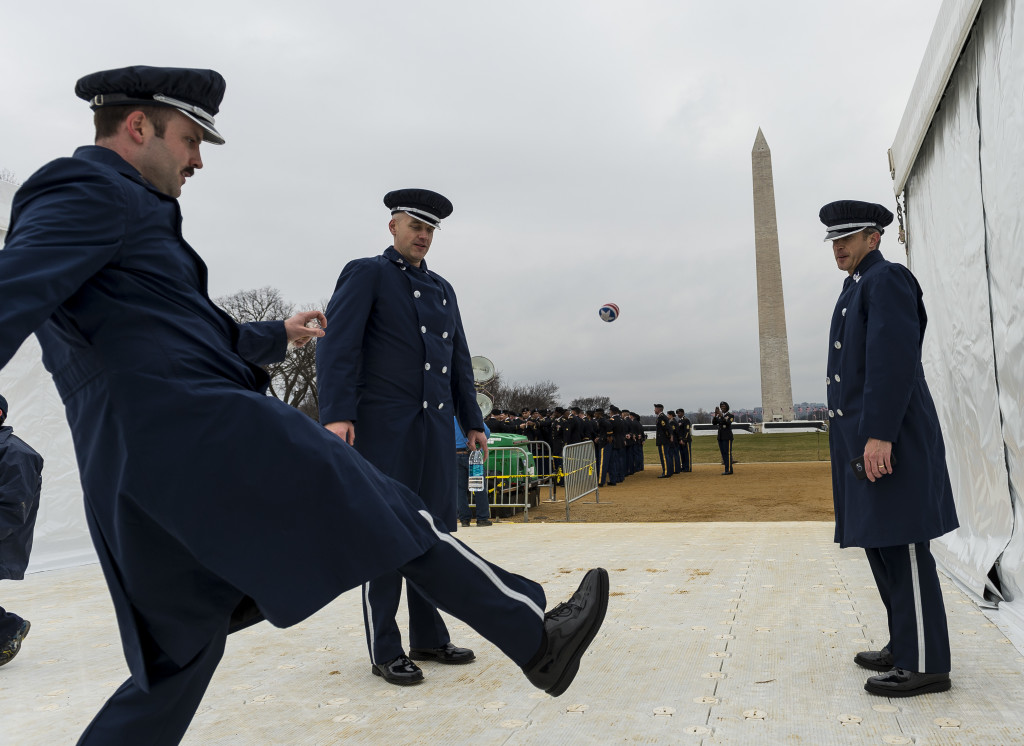
I didn’t say anything like that to him. He understood how I felt about his request. But in reality I also wanted to say: “Oh, so you’re a unit commander? Make sure your Soldiers have their personnel records up to date and complete all of their online military requirements and go to the range at least twice a year. Oh, and they have to pass the APFT at least once every twelve months.”
Yeah. No kidding. That’s the least of what a unit commander has to worry about.
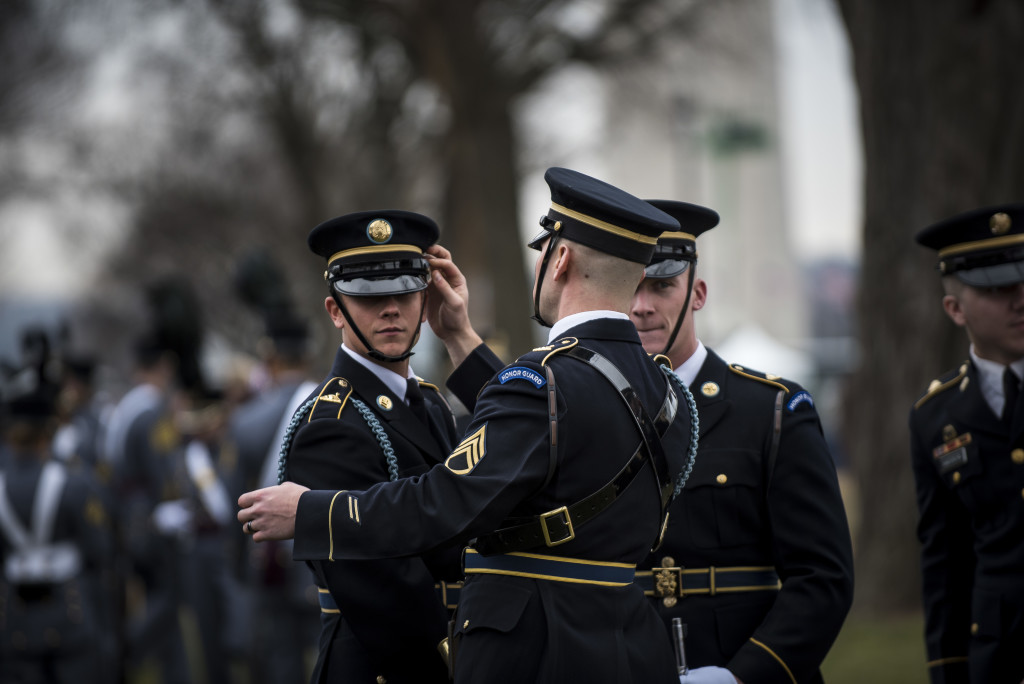
I hope I don’t sound too petty and embittered in all of this. I’m not trying to sound righteous. I’m not saying that being a photographer is “better” (or harder) than any other profession. It’s not. Photography is as easy or as difficult as you, the photographer, are willing to invest time and effort into it.
I truly appreciate this craft because I got into it the hard way, without any formal photography training and by making a ton of mistakes. I did just a two-week public affairs course early in my Army career. I have a formal education in writing, but I’ve learned photography mostly by doing. The Army sent me to Iraq in 2008 and said, “Here: go be a photojournalist.”
I’m surprised I didn’t fail, but that’s only thanks to the tremendous amount of mentorship and support I’ve received from my fellow military photographers.
One thing we remind each other constantly is that photography is inherently sacrificial. It’s about serving others. It’s not about us the photographer, but the world in front of our lens. We certainly take pride in the images we produce, but those images wouldn’t happen without the people and places we covered. Sometimes as photographers, we need to remember this first: We are the least important person in each room we enter.
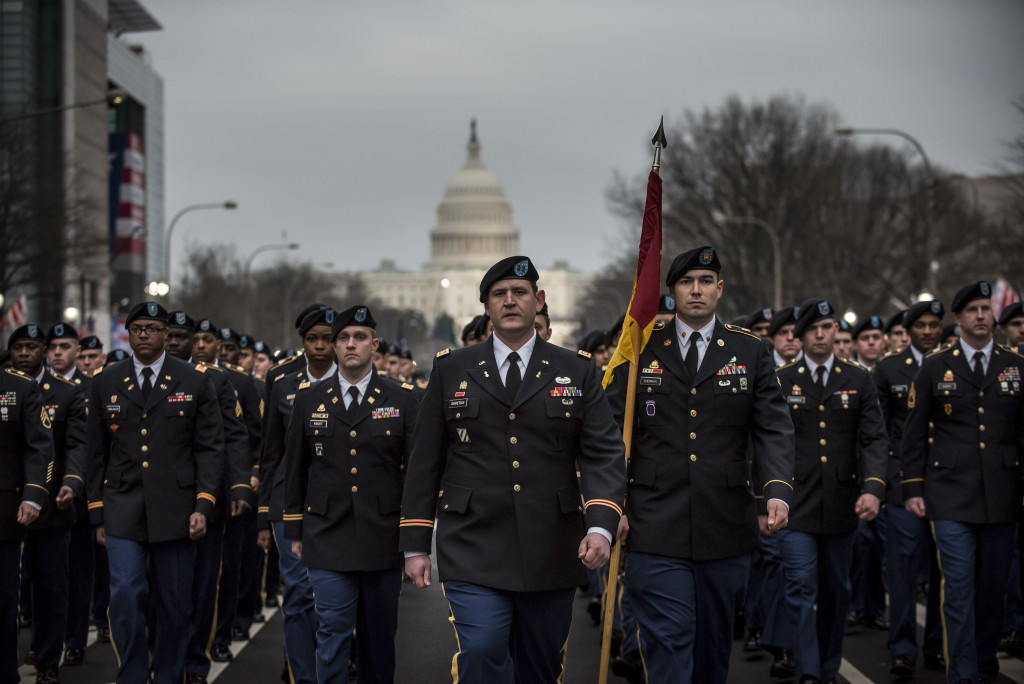
But I think most professional photographers can identify with some of the frustrations mentioned here.
We want to tell the world: “We know our job! We are professionals!”
From a job execution standpoint, we are no different than the mechanic you hire to fix your car. We’re here to do a job and we know how to do it. Please stop insulting us.
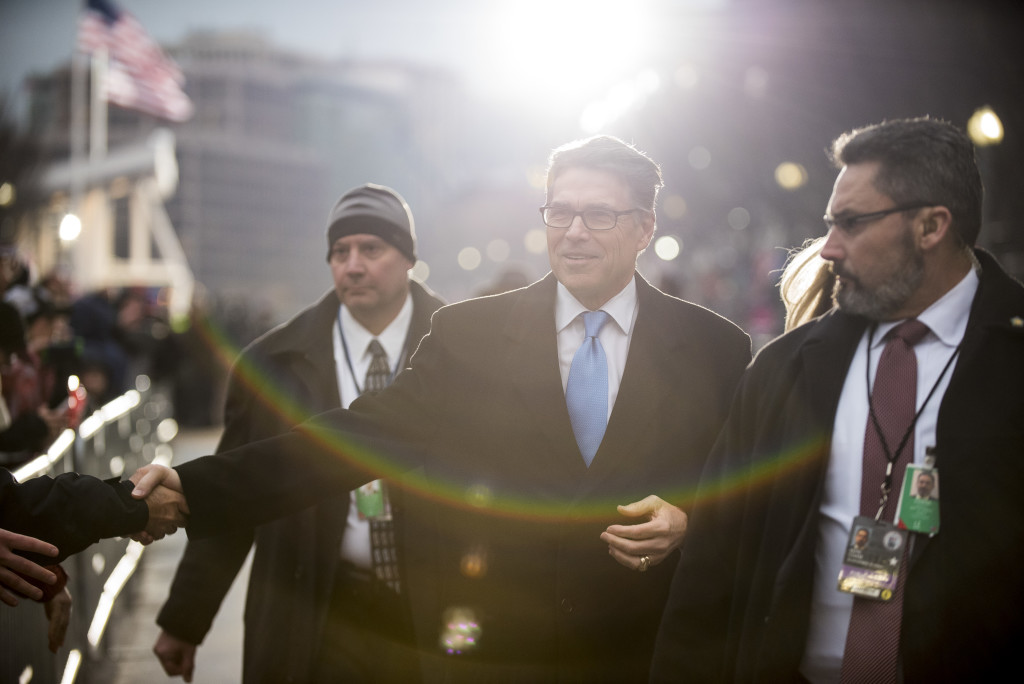
Holding a camera is not a hobby to us (though we do love it and find great joy in what we can create with it). The camera is our tool. It’s a means to a living wage. We take this seriously. And the good ones are never lazy. Good photographers are some of the most passionate, hard-working, dedicated, self critical individuals I’ve ever met. Sometimes, we work way longer hours than our sanity allows. We can get a bit obsessive.
Almost every Soldier has heard the phrase: “Shoot to kill” whether on deployment or at the range. Our mission as photographers is “Shoot to thrill.”
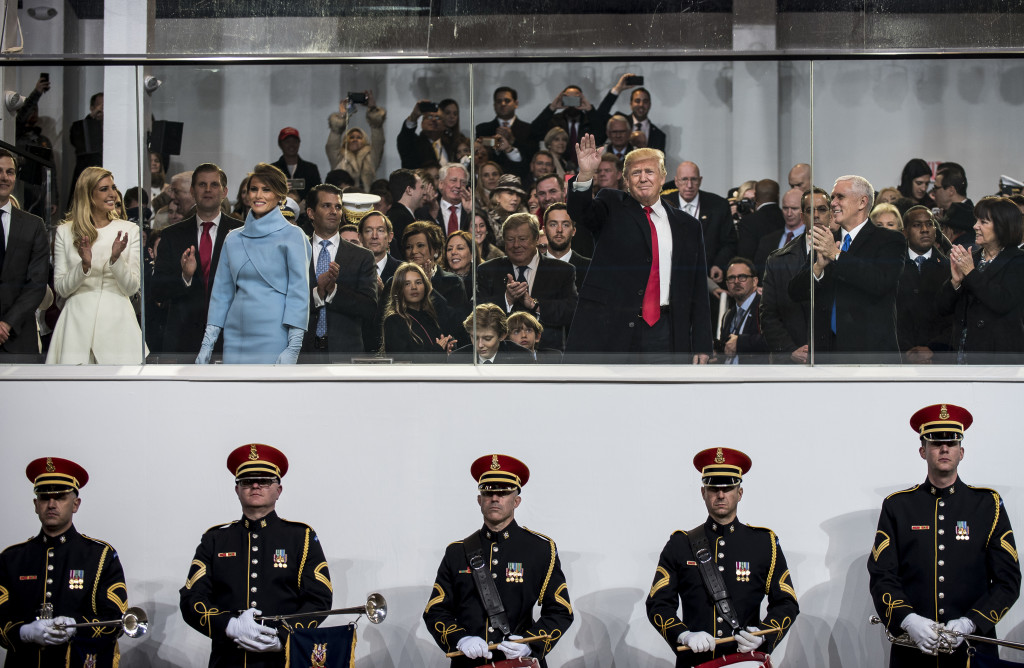
We have an obligation to capture not just pictures but to document moments that help tell stories to the world. If our images don’t evoke a human connection (a small thrill!), we’ve failed. There’s nothing more exciting and rewarding as a photographer to capture an image that connects at an emotional level. There’s a deep-rooted purpose beneath the work we do. We shoot to inform. We shoot to translate emotions, events, struggle, conflict, human efforts into a “product” that can unite an audience with action, inspire support or evoke meaningful conversation.
We are not the picture dude you hired for $50 and a slice of cake to photograph a birthday party (Though, he too deserves our love! Photographing children hopped up on cake and soda? That’s almost as dangerous as a D.C. riot!).
My mindset when photographing a wedding is entirely different than when I photograph a journalistic event. When I shoot a wedding, my biggest priority is to serve the client who hired me. When I photograph a live event, my client is the American people. And that’s a tough enough client to please without everyone else telling us how to do our job.
 Michel Sauret – Award-Winning Army Journalist | Independent Author Award-Winning Army Journalist, Independent Author
Michel Sauret – Award-Winning Army Journalist | Independent Author Award-Winning Army Journalist, Independent Author
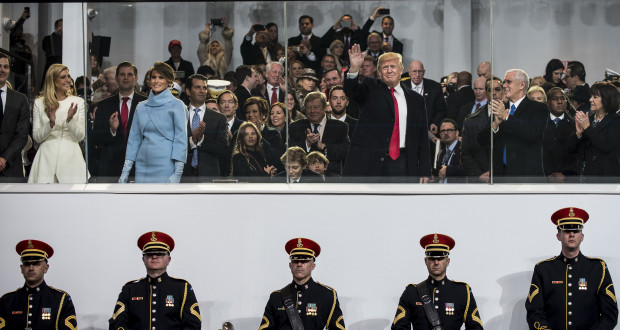
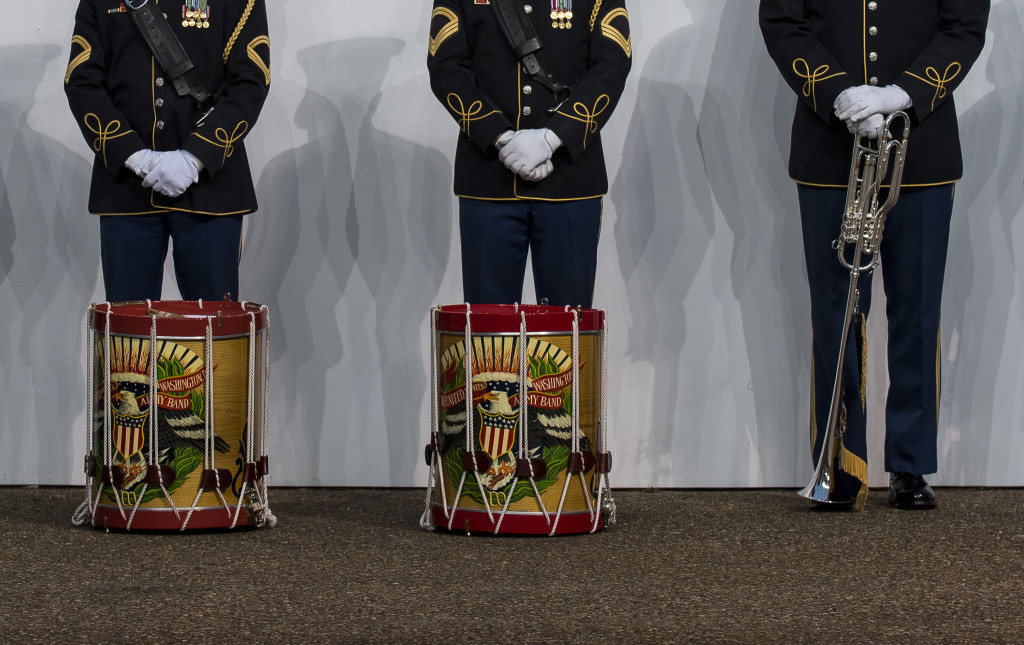
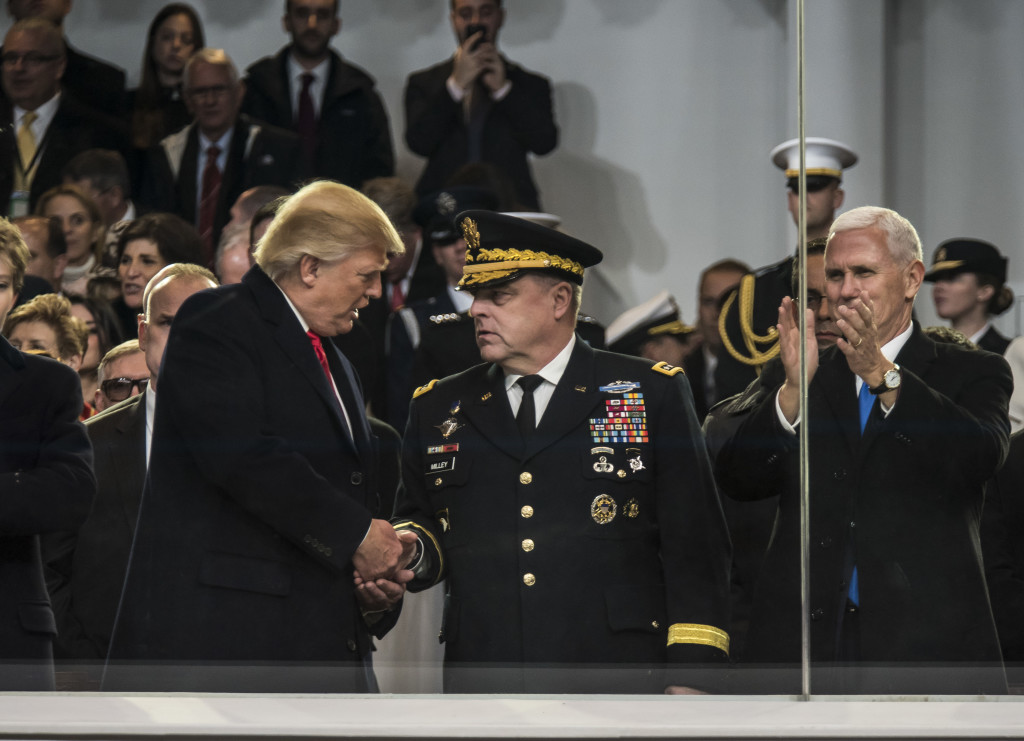

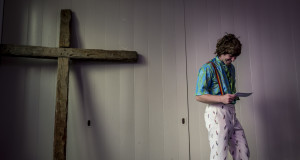
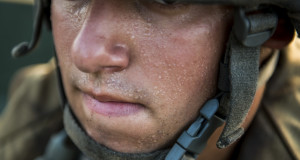
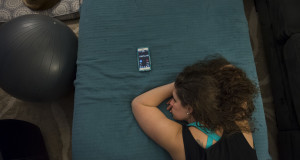
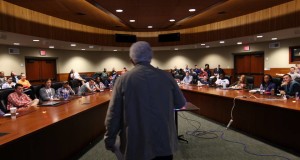
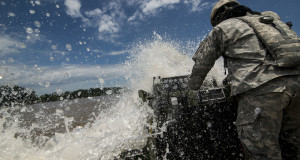
Really great points, so glad I came across this. Trevor (Defencephotography.com)